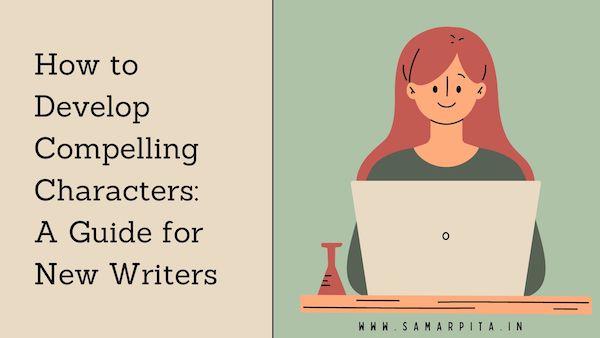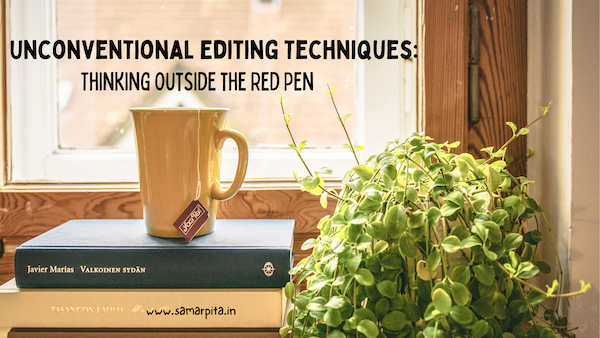Creating compelling characters is essential for any story. Characters drive the plot, engage readers, and bring your narrative to life. For new writers, developing characters that resonate can be challenging. However, with the right approach, you can create memorable and believable characters.
Also Read: Understanding Dialogue Writing In Fiction
Understand Your Characters’ Backstories
Every character has a history. This history shapes their behavior, motivations, and decisions. Start by asking yourself questions about your character’s past. Where did they grow up? What significant events shaped their lives? Understanding their backstory will help you create depth and authenticity.
Define Their Goals and Motivations
Compelling characters need clear goals. These goals drive the story forward and create conflict. Ask yourself: What does your character want? Why do they want it? How far are they willing to go to achieve it? Defining these elements will help you craft a focused and engaging narrative.
Also Read: Crafting Clear, Elegant Prose
Develop Their Personality Traits
Personality traits make your characters unique. Think about their strengths and weaknesses. Are they brave, but reckless? Kind, but naïve? Balancing positive and negative traits makes characters more relatable and complex. Avoid creating perfect characters; flaws make them human.
Show, Don’t Tell
Show your character’s traits through their actions and dialogue. Instead of saying, “John is brave,” demonstrate his bravery in a tense situation. This approach engages readers and allows them to draw their own conclusions about the character.
Also Read: Common Mistakes To Avoid When Writing Dialogues
Use Dialogue Effectively
Dialogue is a powerful tool for character development. It reveals personality, background, and emotions. Make sure each character has a distinct voice. Consider their education, culture, and experiences when crafting their dialogue. This helps make conversations more realistic and engaging.
Create Conflict and Challenges
Conflict is essential for character development. It forces characters to make difficult choices and grow. Place your characters in challenging situations that test their limits. This will reveal their true nature and make your story more dynamic.
Also Read: Tips for Authentic and Engaging Writing
Show Growth and Change
Characters should evolve over the course of the story. Show how they change in response to the events they experience. This growth makes them more realistic and satisfying for readers. Track their development carefully to ensure it feels natural and earned.
Use Secondary Characters Wisely
Secondary characters support your main characters and add depth to the story. Develop them with the same care as your protagonists. Ensure they have their own goals and motivations. These characters can also highlight different facets of your main character’s personality.
Also Read: Crafting Well-Rounded and Relatable Characters with Depth
Avoid Stereotypes
Stereotypes can make characters feel flat and unoriginal. Strive to create diverse and nuanced characters. Give them unique backgrounds and traits that defy clichés. This will make your story more interesting and relatable.
Balance Internal and External Conflict
Internal conflict involves a character’s personal struggles. External conflict comes from outside forces. Balance both types to create a well-rounded character. Internal conflicts can add depth, while external conflicts drive the plot forward.
Also Read: A Ready-Reckoner To Write Authentic and Relatable Personalities
Developing compelling characters takes time and effort. By understanding their backstories, defining their goals, and using effective dialogue, you can create characters that resonate with readers. Show growth, avoid stereotypes, and balance conflicts to add depth and realism. With these strategies, you can craft characters that bring your story to life.
Happy writing!
***
If you are looking for an excellent manuscript editor, someone to create content for your business, or an expert to help build your personal or professional brand on social media, then look no further and connect with me at editor@samarpita.in I can be followed on instagram at @samarpita and on twitter at @samarpitadotin.
***********
Read my ebook WRITE. EDIT. PROMOTE. to learn the basics about becoming an author – from writing your own book, to editing your first draft, and to promoting your book yourself! You can also read my ebook How To Write A Story Effectively and learn some valuable lessons about how a story can go from average to extraordinary. This book is part 1 of the series.
In fiction, I have two short stories for children in an ebook called Bedtime Stories.


